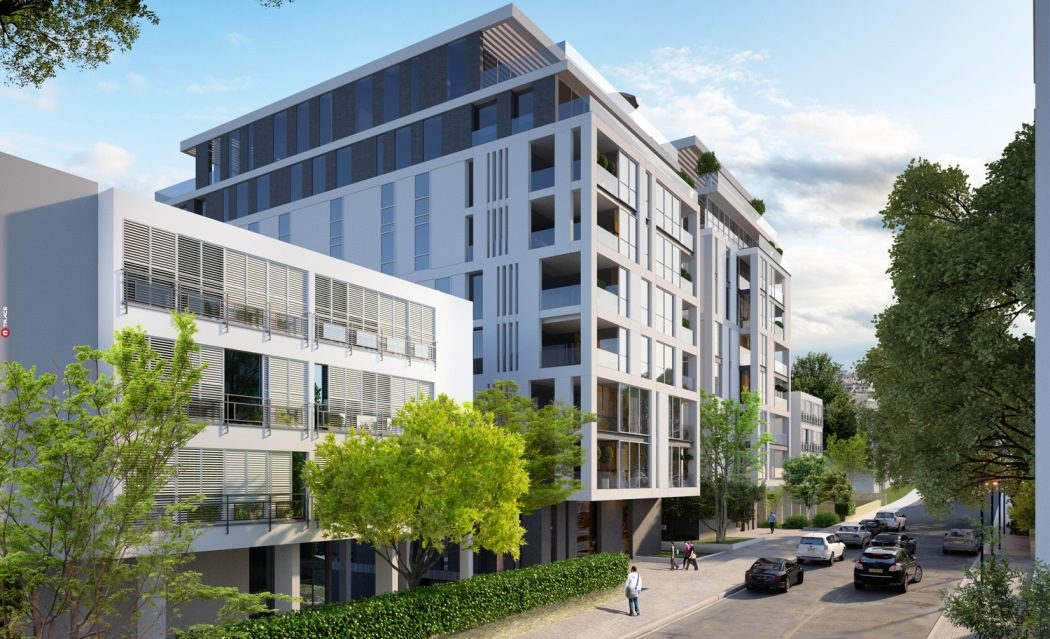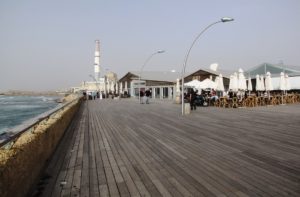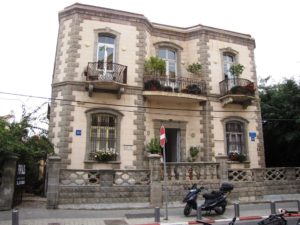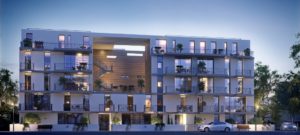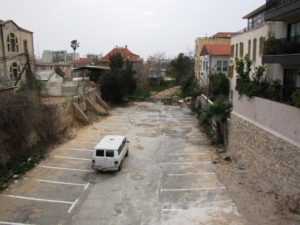When I (Storm) keynoted the annual conference of the Israel Planners Association in Jerusalem back in 2009, I spent over a week touring the country, which included attending a planning meeting for Jerusalem.
The trip naturally included a few days in Tel Aviv, where gracious local city planners took me on an extensive tour of the city’s various revitalization initiatives.
These included an old warehouse area on the waterfront, which they had just finished redeveloping as an impressive park with retail and restaurants (pictured to the left).
Two of the primary concerns at the time were the light rail line, which had suffered numerous delays, and preservation of the historic architecture.
Tel Aviv is a UNESCO World Heritage Site, thanks to its collection of more than 4000 buildings in the Bauhaus and Eclectic architectural styles.
The original city plan was designed in 1925 by Sir Patrick Geddes, and it’s experiencing a major update and evolution.
If you’ve read the new Resilience Success Guide, you know that one of the key elements of the renewal process is having policies that enable—or at least don’t undermine—your revitalization strategy.
Tel Aviv needed more residential development to revitalize its city center, but didn’t want it to come at the expense of their architectural heritage.
The answer is their clever TAMA 38 policy, which boosts density and preserves buildings by allowing developers to add additional units and floors to existing structures, provided they renovate the existing units and related infrastructure.In addition, the long-awaited citywide light-rail system is finally nearing its completion in 2020.
It will connect Tel Aviv’s downtown to neighboring Ramat Gan, Ramat HaHayal, Bat Yam, Jaffa, and Givatayim brings a new wave of residential architecture to transform the skyline.
Tel Aviv already boasts the highest property values in the Middle East.
This additional connectivity—and the likely reduction in automobile traffic that should accompany it—will likely boost demand for both residential and commercial capacity in the city center, triggering even higher land values.
It’s yet another example of the 3Re Strategy in action.
The city is repurposing and renewing its existing buildings as higher-capacity, renovated residences, and reconnecting the neighborhoods to accelerate revitalization.
Featured image shows the Bloch Residences. Rendering courtesy of Gottesman-Szmelcman.

